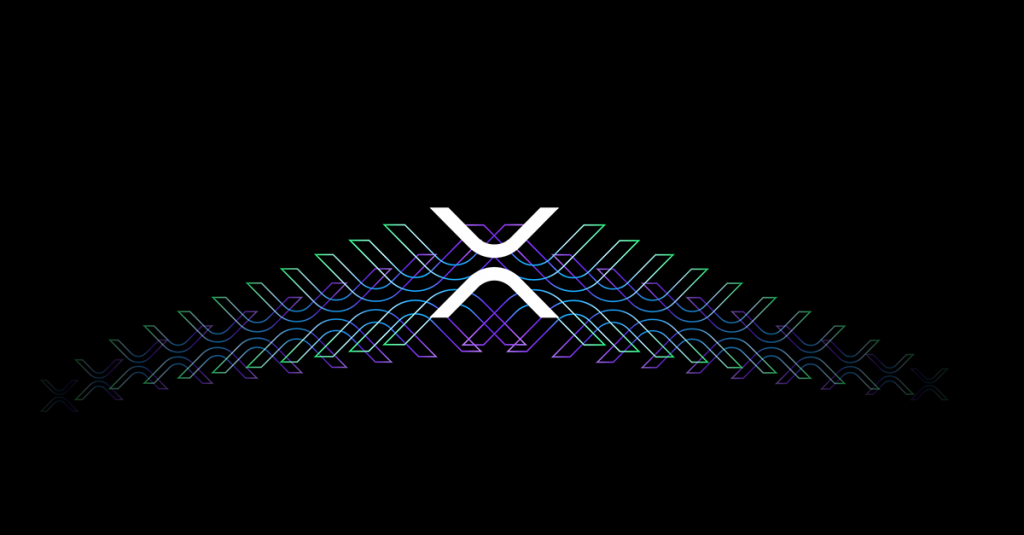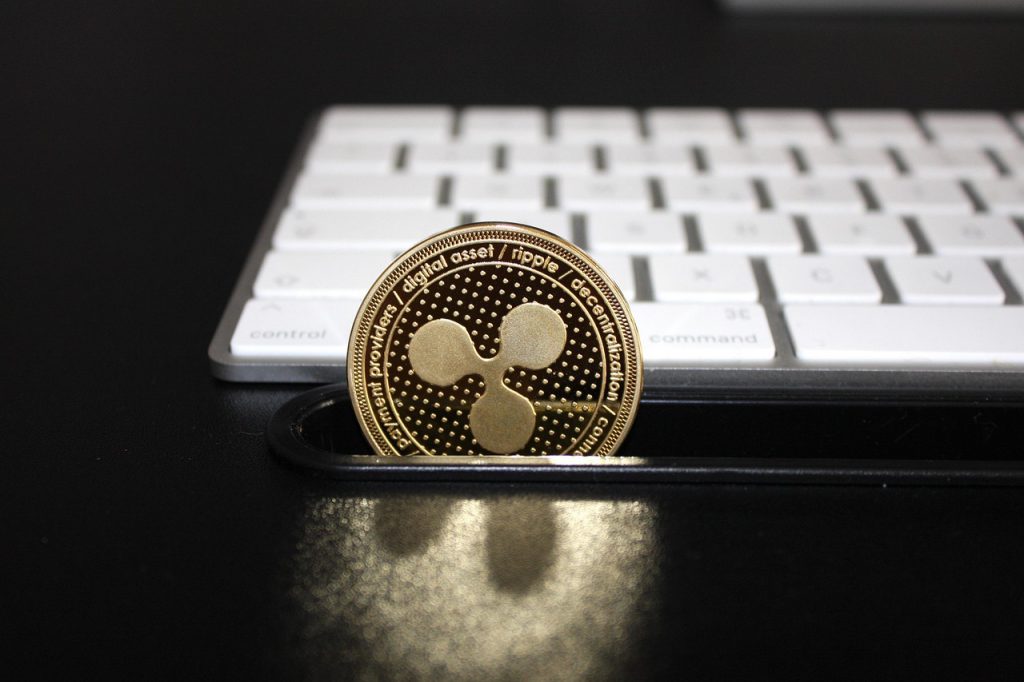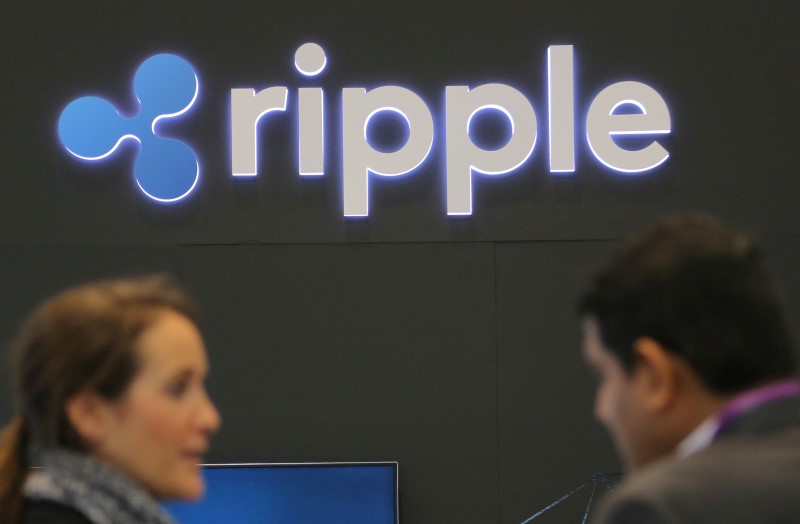XRP Price Surge & Adoption: What’s Taking So Long?
XRP's promise meets regulatory reality—and the market's patience wears thin.
The Regulatory Gauntlet
SEC lawsuits create uncertainty that chills institutional adoption. Every legal delay adds another quarter of sideways trading while competitors gain ground.
Banking Partnerships: All Talk?
Announcements echo through conference halls yet real-world integration crawls. Traditional finance moves at glacial speed—unless there's immediate profit involved.
Market Mechanics vs. Hype
Liquidity corridors exist but volume stays muted. Retail enthusiasm clashes with whale accumulation patterns that suggest waiting games rather than explosive moves.
Meanwhile, TradFi bankers still collect bonuses for moving money slower than dial-up internet. Some things never change—including their contempt for anything that threatens their fee structures.
Adoption isn't a switch to flip. It's a marathon through regulatory molasses where every 'partnership' gets scrutinized like a suspicious expense report.
Bearish Trends Hindering XRP Price Surge and Its Adoption
1. Struggling to Gain Global Momentum

Ripple (XRP) is undoubtedly one of the most promising cryptocurrencies in the space. But the token has failed to scale due to low on-chain usage, despite the bank forging connections with nearly 300 banks. A similar sentiment was echoed by Ripple’s CTO David Schwartz, who shared how Ripple’s mainstream adoption is yet to explore deeper, wider horizons.
2. Banks Are Reluctant To Embrace New Tech

It’s hard to defeat traditional elements while keeping all the risk markers checked and in place. Traditional banks and institutions are already hardwired to conduct financial proceedings traditionally, unable to extend support to newer methodologies, especially those that Ripple (XRP) practices. This is also one of the reasons why xrp price and adoption are suffering, waiting in line to hit a new mark ahead.
3. Stablecoins Could End Up Hurting XRP

Stablecoins have now started to seriously compete with XRP in the domain of global payments and transfers. These coins are pegged to safer and stable fiat currencies, which helps in ironing out liquidity and volatility issues. XRP, on the other hand, is still standing on the cusp of a transformation, battling an identity crisis that pushes it towards more volatile waters, hindering its price hike and adoption.
"Ripple has 300+ bank partnerships, but after 13 years, shouldn't there be billions in daily on-chain volume?"
I think there are a number of reasons why institutions have historically preferred to use digital assets off chain rather than on chain. I think we're close to changing…

